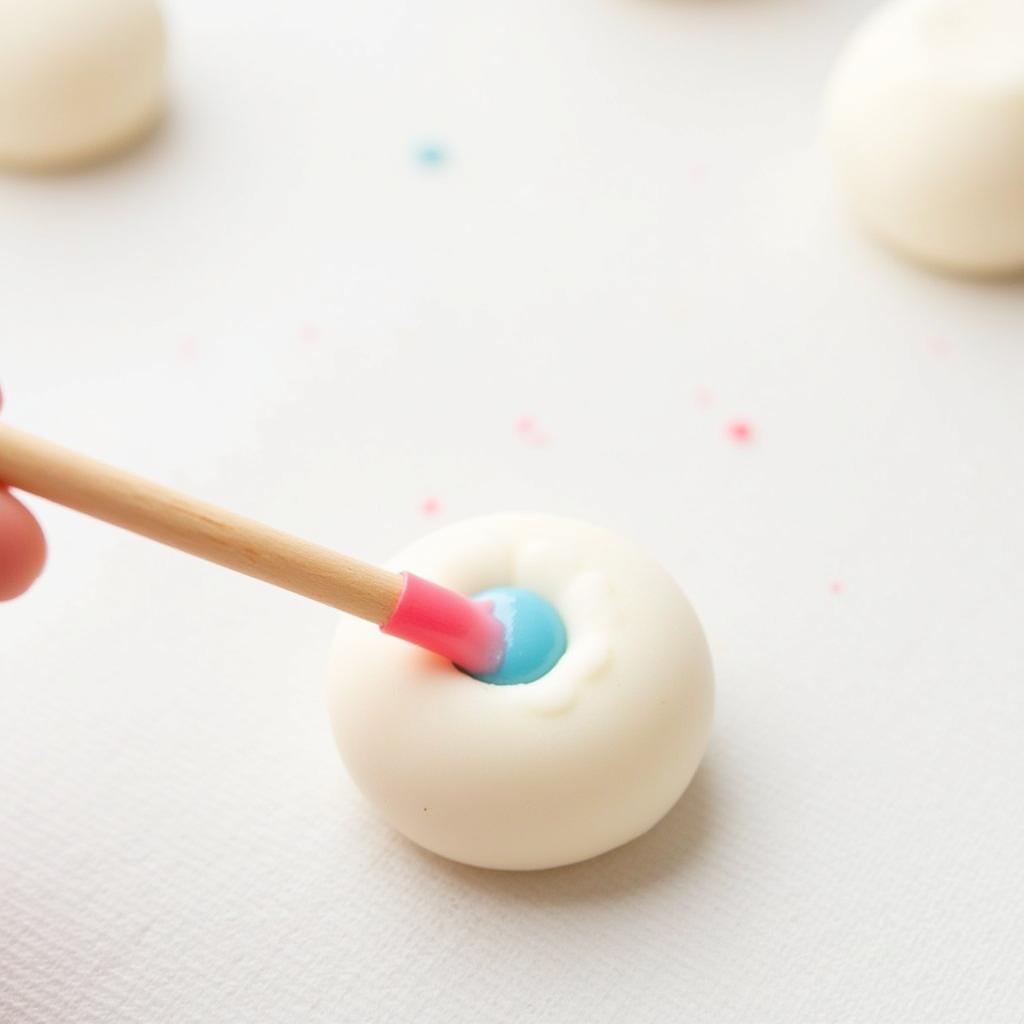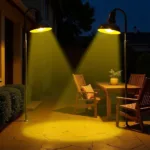Fondant, that smooth, pliable icing, is a cake decorator’s dream. Its versatility allows for intricate designs and a polished finish. But what about color? Can you add food coloring to fondant, and if so, how? Absolutely! This article will guide you through the vibrant world of coloring fondant, offering tips and techniques for achieving the perfect hue.
Adding food coloring to fondant opens up a world of creative possibilities, from soft pastels to vibrant neons. Whether you’re creating a whimsical birthday cake or an elegant wedding masterpiece, understanding how to manipulate color is essential. Choosing the right type of food coloring and mastering the kneading technique are key to achieving consistent and vibrant results. After reading this, you’ll be well-equipped to transform plain white fondant into a colorful canvas for your culinary creations. You can learn more about different types of food coloring here: what is food coloring gel.
Choosing the Right Food Coloring
Not all food colorings are created equal. For fondant, gel or paste colors are recommended due to their concentrated pigmentation and minimal impact on the fondant’s consistency. Liquid food coloring can make your fondant sticky and difficult to work with, so it’s best avoided. Gel and paste colors offer rich, vibrant hues without altering the texture, ensuring your fondant remains smooth and easy to mold.
Gel vs. Paste Food Coloring: What’s the Difference?
While both gel and paste food colorings are suitable for fondant, there are subtle differences. Gel colors are slightly more translucent, allowing for beautiful layering effects. Paste colors are more opaque, ideal for achieving bold, solid colors. Experiment with both to discover which best suits your decorating style.
How to Add Food Coloring to Fondant
The process of adding food coloring to fondant requires patience and a bit of elbow grease. Start with a clean, dry surface and a small amount of fondant. Using a toothpick, dip into the gel or paste color and transfer a small dot onto the fondant. Knead the fondant vigorously, folding and stretching until the color is evenly distributed.
Tips for Kneading Fondant
- Wear gloves to prevent staining your hands.
- Knead on a non-stick surface or use a small amount of shortening to prevent sticking.
- Add color gradually, building up to your desired shade.
- For marbled effects, don’t fully knead in the color.
 Adding Food Coloring to Fondant Properly
Adding Food Coloring to Fondant Properly
Troubleshooting Common Coloring Issues
Sometimes, despite your best efforts, you might encounter challenges while coloring fondant. If your fondant becomes too sticky, add a small amount of powdered sugar and continue kneading. If the color isn’t vibrant enough, add more coloring gradually until you achieve the desired shade. For localized coloring, like painting details, you can dilute gel food coloring with a bit of clear alcohol or vodka. This technique is particularly useful for intricate designs. Learn more about painting techniques here: how to paint fondant with food coloring.
Streaky Fondant: What to Do
Streaks in your fondant can be frustrating, but they are often easily fixed. Continue kneading the fondant for a longer period, ensuring the color is fully incorporated. If the streaks persist, try adding a tiny amount of white vegetable shortening to help smooth out the color. For those interested in purchasing food coloring, check out these resources: where to buy food coloring and where to buy food coloring near me.
Creating Realistic Skin Tones with Food Coloring
Achieving realistic skin tones for figures or faces can be tricky. It requires a blend of colors, typically starting with a base of ivory or light beige fondant. Small amounts of pink, yellow, and brown are then added and kneaded until the desired shade is achieved. For more detailed information, refer to this guide: how do you make flesh colored icing.
Expert Insight from Sarah Miller, Cake Artist
“When creating skin tones, remember that less is more. Start with tiny amounts of color and build up gradually. It’s much easier to add color than to take it away.”
Conclusion
Adding food coloring to fondant is a simple yet transformative process that unlocks a world of creative possibilities. By understanding the different types of food coloring and mastering the kneading technique, you can achieve vibrant and consistent colors for your cake decorating projects. So, go ahead, experiment with different shades and create stunning edible masterpieces!
FAQ
-
What type of food coloring is best for fondant?
Gel or paste food coloring is best for fondant. -
Can I use liquid food coloring for fondant?
It’s not recommended as it can alter the fondant’s consistency. -
How do I fix streaky fondant?
Continue kneading or add a small amount of shortening. -
What colors do I need to make skin tones?
Ivory or beige, pink, yellow, and brown. -
How do I avoid staining my hands?
Wear gloves while kneading. -
Can I paint fondant with food coloring?
Yes, dilute gel coloring with alcohol for painting. -
Where can I buy gel food coloring?
Specialty baking stores or online retailers.
Need further assistance? Contact us at 0373298888, email us at [email protected], or visit us at 86 Cầu Giấy, Hà Nội. Our 24/7 customer service team is always ready to help.

